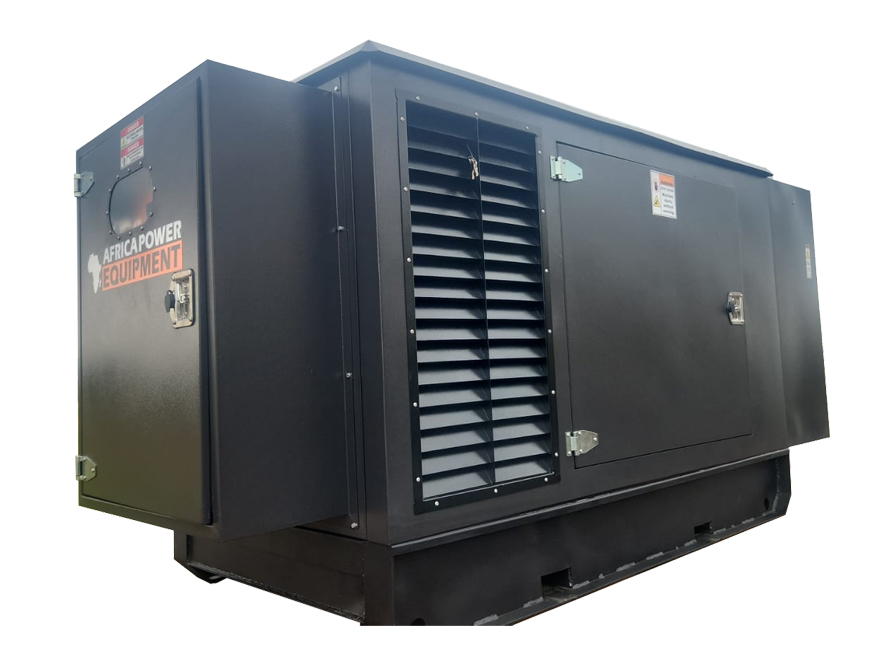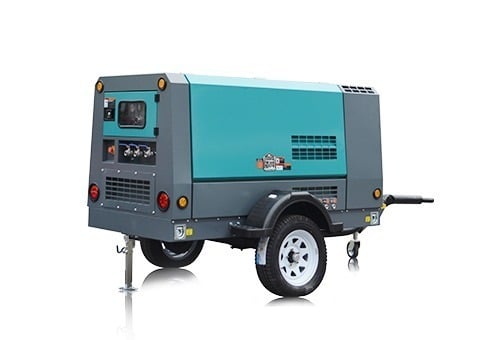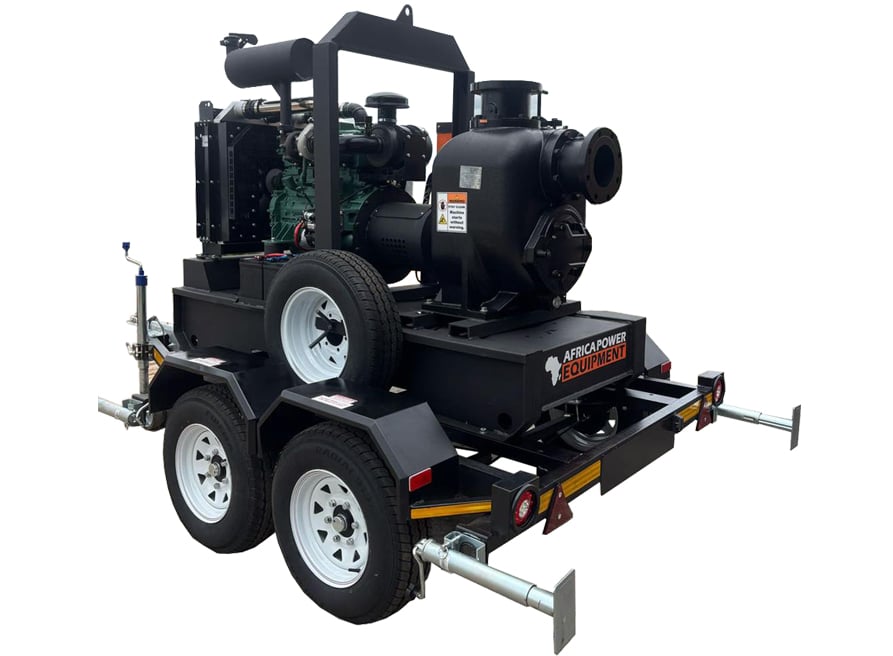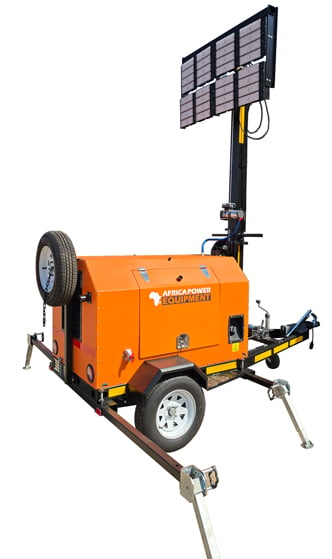10 Effective Ways to Reduce Air Compressor Noise in Your Workshop
Air compressors are vital for powering tools in home workshops and industrial settings—but they can be notoriously noisy. Excessive compressor noise can be a major distraction, affect communication, and even lead to hearing damage over time.
If you’re asking, “How do I reduce compressor noise in my workshop?” — you’re not alone. This article outlines practical, low-cost, and high-impact methods to make your air compressor quieter without sacrificing performance.
🔊 Why Are Air Compressors So Loud?
Typical causes of air compressor noise include:
-
Motor vibrations
-
Piston movement (in reciprocating compressors)
-
Intake and exhaust airflow
-
Metal-on-metal contact
-
Loose or unbalanced components
Noise levels often range between 70–90 dB, which is as loud as a lawnmower.
✅ 10 Ways to Quiet Your Compressor
1. Use Rubber Isolation Mounts or Pads
Mount your compressor on anti-vibration rubber feet or mats. These absorb vibration and reduce structure-borne noise from transferring into floors or benches.
🛠 Quick Tip: Place a thick rubber mat underneath portable units for instant noise reduction.
2. Install a Sound-Dampening Enclosure
Build or buy a ventilated soundproof box for your compressor. Use acoustic foam inside and provide sufficient airflow to avoid overheating.
💡 Important: Always allow proper ventilation—compressors need airflow for cooling.
3. Extend the Intake to a Quieter Location
Use a hose to route the air intake to an adjacent room or outside. This removes much of the high-frequency intake noise from your workspace.
🔧 Use PVC piping or flexible hose rated for compressor use.
4. Add an Intake Silencer or Filter
Install a muffler/silencer on the air intake to drastically reduce suction noise. Many aftermarket silencers are affordable and compatible with common models.
5. Use Soundproofing Materials on Walls
Line your workshop walls with:
-
Acoustic foam panels
-
Mass loaded vinyl
-
Plywood-backed insulation
This reduces sound reflections and overall echo.
6. Tighten Loose Parts Regularly
Loose bolts, clamps, and valves create rattle and buzz. Do a monthly inspection to ensure everything is tight and secure.
🛠 Focus on the motor housing, tank straps, and fittings.
7. Lubricate Moving Parts (if applicable)
For oil-lubricated compressors, keep up with regular oil changes and lubrication. This reduces friction and operating noise.
8. Relocate the Compressor
If possible, move the compressor to:
-
A separate sound-insulated room
-
An outdoor weatherproof enclosure
-
A basement or service closet with ducting for air tools
9. Upgrade to a Quieter Compressor
Look for:
-
Oil-lubricated piston compressors
-
Rotary screw compressors
-
Scroll compressors (for extremely quiet needs)
-
Brands with enclosed or insulated builds
Modern compressors can operate below 65 dB, similar to conversation-level sound.
10. Use Longer Hoses Instead of Moving the Compressor
Instead of putting the compressor in your workspace, place it farther away and use a long, high-quality air hose to deliver air to your tools.
📊 Noise Reduction Summary Table
| Method | Difficulty | Cost | Noise Reduction |
|---|---|---|---|
| Rubber pads/mats | Easy | Low | Moderate |
| Sound enclosure | Medium | Medium | High |
| Intake relocation/silencer | Medium | Low–Med | High |
| Workshop soundproofing | Medium | Medium | Moderate–High |
| New quieter compressor | Easy | High | Very High |
🔗 Internal Resources & Related Articles
🧠 Final Thoughts
Workshop noise can take the joy out of your projects and reduce productivity. With the right setup and a few strategic upgrades, you can dramatically reduce air compressor noise—even in a small space.
If you’re ready for a quieter workspace, browse our range of low-noise and insulated compressors at PowerEquipment.co.za—built to handle your tools without disturbing the peace.





